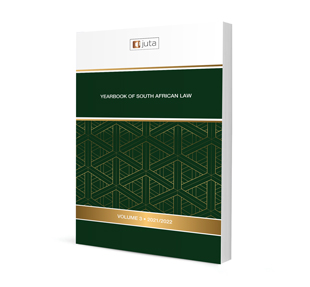Land Reform

Land Reform
Author Juanita M Pienaar
ISBN: 978 148514 016 0
Affiliations: B Iuris LLB LLM LLD (PU for CHE); Professor of Law, Vice-Dean: Research and Internationalisation, University of Stellenbosch
Source: Yearbook of South African Law, Volume 3, p. 852 – 916